Why some USB-C equipment can only be charged via a USB-A to USB-C Charger, not support C to C charger ?
Introduction
In Dongguan, high temperature is often accompanied, even if the office is open air conditioning, but there will still be a small fan on the table. And the small fan is almost always working, after some long time, the battery of the small fan can not work, I want to find a charger to charge it…
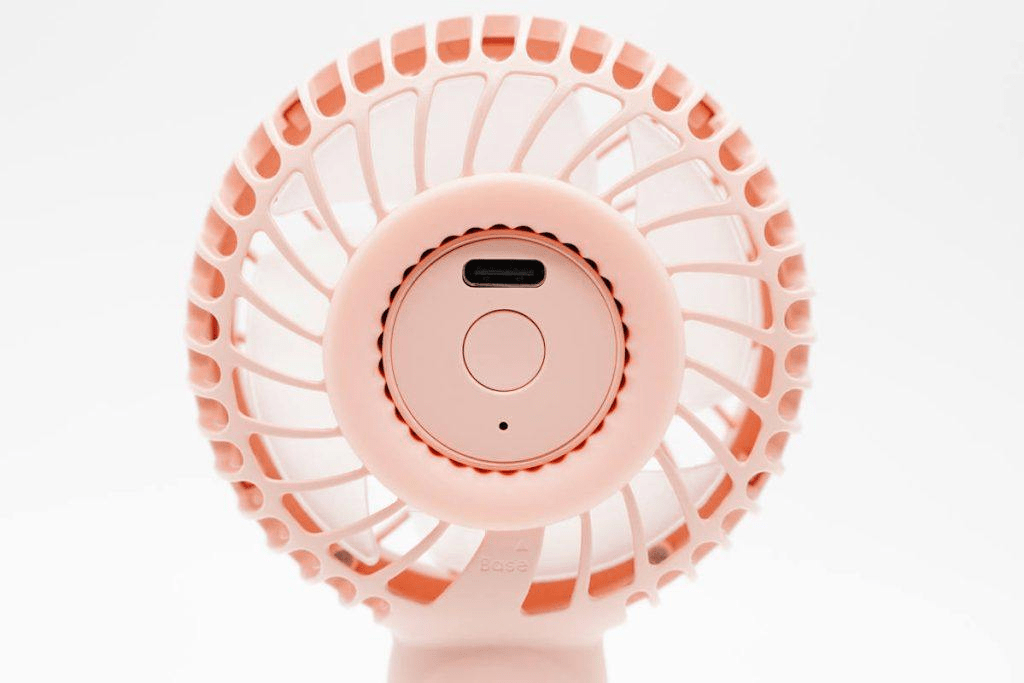
The small fan used is more “advanced”, equipped with USB-C charging interface, support physical blind plug, so it is easy to use the USB-C to C data cable to charge it, but I tried to change the cable and the direction of the plug, it can not be recharged, what is this? The little fan is broken? No, this is a new buy, studying for a long time to find the reason.
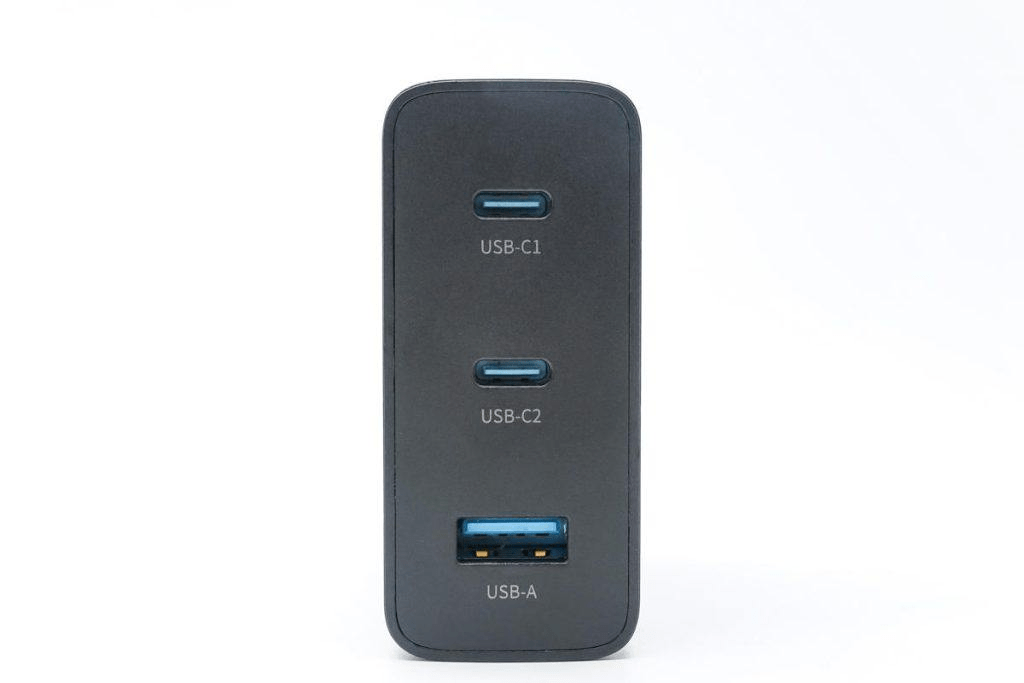
I used a C2C fast charging cable with PD charger to charge the small fan, tried for a long time , failed to charge, and finally changed to an A2C wire with USB-A interface charger, successfully charged the small fan.
1. this USB-C Not that USB-C ?
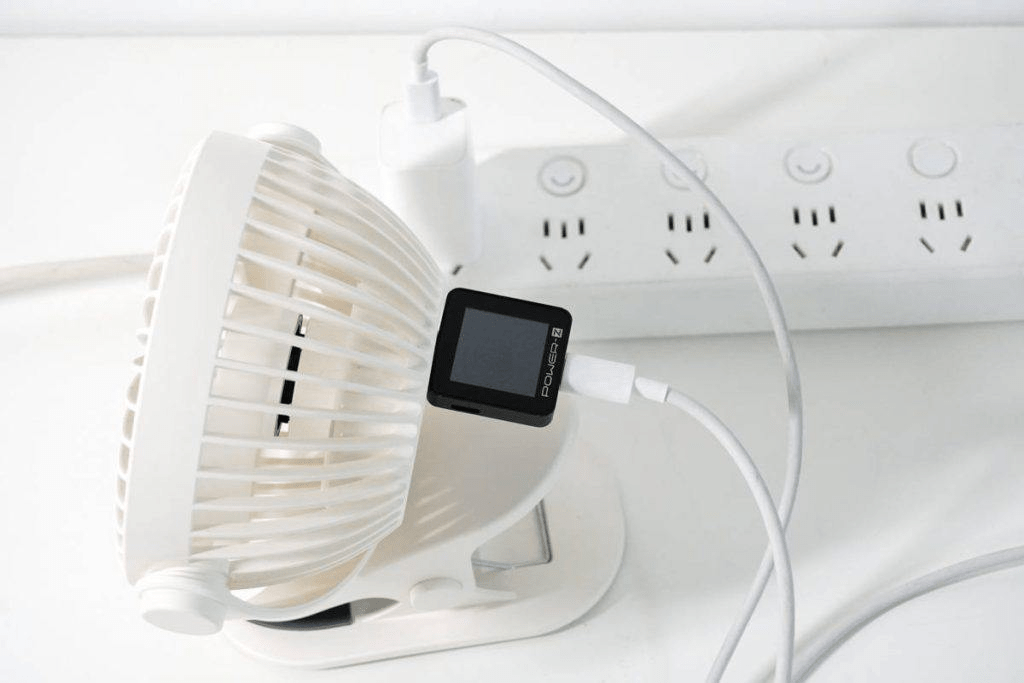
This is the first time to meet, the small fan does not support C2C cable charging, only supports A2C cable charging, but it is a USB-C interface. I don’t know if you have encountered this situation in daily use.
From the current point of view, there is only one possibility to explain this situation, and the small fan does not support the PD fast charge protocol.
2. USB PD Fast Charge Agreement
USB PD’s fast charging technology can charge a variety of USB interface devices, and provides four voltage specifications, including 5V, 9V, 15V, 20V. For 5V, 9V and 15V, the maximum current is 3A; However, in the 20V configuration, the maximum allowable output of the ordinary cable is 20V3A, that is, 60W; If a specially customized cable with electronic label is used, the corresponding output power can be output to 20V5A, or 100W power, just like daily charging devices such as thin and light notebooks.
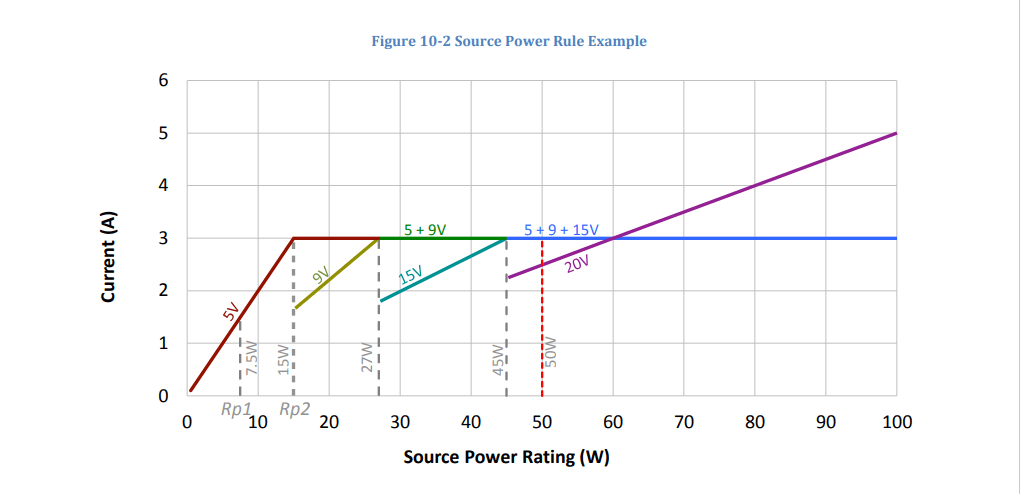
USB PD2.0 voltage and current level
The USB PD fast charge connection requires the power supply device is the PD adapter, when the need for which gear power supply, the power supply voltage file will be adjusted, and the adjustment process is to “negotiate” the output through the PD power supply protocol, rather than directly provide a certain voltage power.
Just like the USB device is connected to tell the host through the PD power supply specification, the required power is how much voltage and current, and then shake hands with the voltage gear, and then provide the required power supply power supply; And the communication process in the USB-C interface is through the CC (channel configure) line, in the USB2.0 specification is through the VBUS pin to achieve.
3. Small Devices Charging
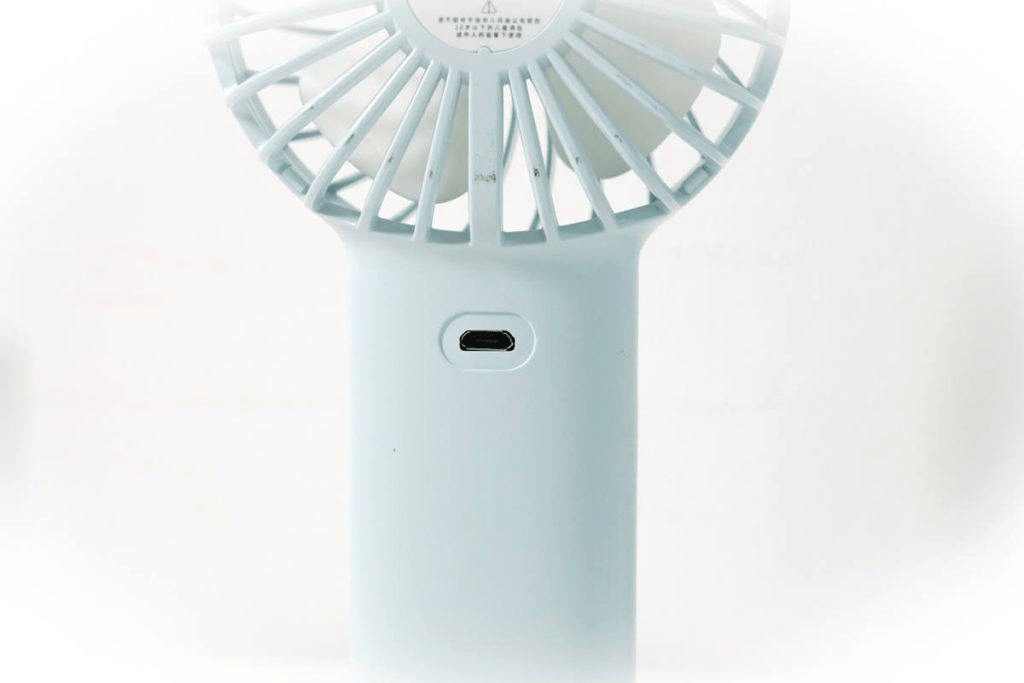
Some small electrical equipment such as fans, bracelets, flashlights are mostly charged using microUSB interface, on the one hand, the product itself is relatively cheap, for manufacturers must cut costs as much as possible, can save the province; On the other hand, although USB-C has been widely popularized at present, the market volume of microUSB interface is still not to be underestimated, and even the charging interface of some cheap mobile phones is micro USB.
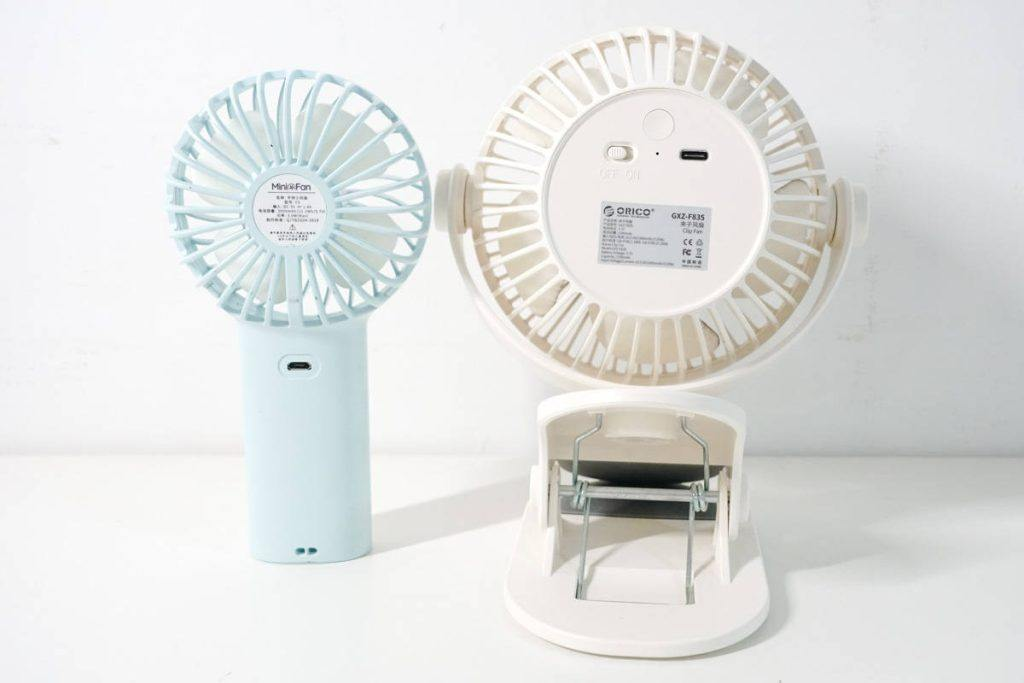
At present, the USB-C interface has appeared on a variety of devices, mobile phones, tablets, laptops, power tools, household appliances, etc., and now even small things like small fans and small electric hands that are cheaper also use the USB-C charging interface, at least from the configuration of the interface is still commendable. Because it’s hard to find A data cable to microUSB in the office, USB-C is everywhere.
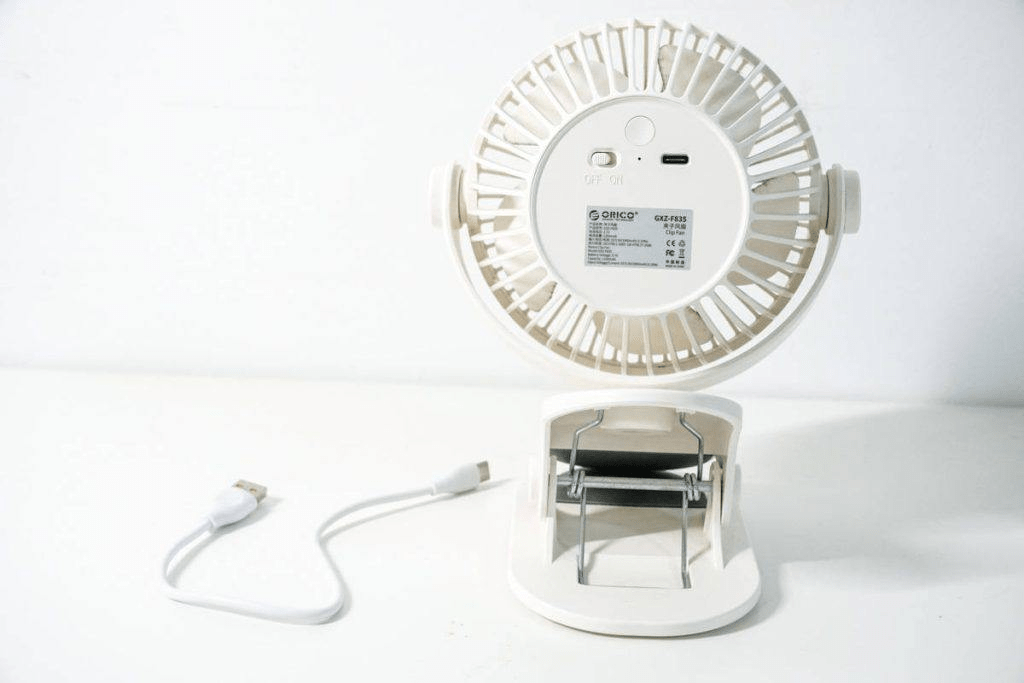
Overall, the appearance of USB-C charging interface on small devices is a good phenomenon, at least do not have to spend a lot of effort to find microUSB data cable, only need to use A2C wire can charge small devices.
Summary
We just talked about small electrical equipment equipped with USB-C interface but does not support PD fast charge protocol things, I believe that we have encountered more or less. It is a good thing that small electrical equipment is equipped with USB-C interface, but inside the USB-C port, CC pin does not make a pull-down resistance to the ground, so it is impossible to identify whether the device is connected, and then the VBUS has no output; Speculation is that this phenomenon may be limited by cost reasons.
Therefore, if there is a similar small electrical device at home, and it is a USB-C charging interface, if the PD charger with C2C data cable can not be charged, you can try to use the charger with USB-A interface and A2C data cable.
